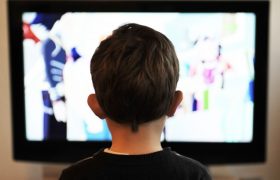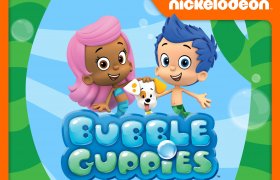The Importance of Art in Child Development

All children enjoy a box of crayons, chalk, scissors, popsicle sticks, glue, construction paper, and colored pencils, etc. A child can learn as young as two years old to write their name if the parents take the time to work with them. This is their first introduction to art. When parents give their child a pencil or crayon and a piece of paper, they may start with some lines or scribbles. As they get older, they learn how to refine their fine motor skills and draw more intricate pictures of objects or interests.
The younger your child is, the better it is for them to start drawing. Parents can sit down and show them how to color inside the lines by using a coloring book with pictures. Children usually can master this by the age of five. Art is very relaxing for children and it’s one of the finer interests in life. Eventually, parents can have their children attend an art gallery for lessons.
Benefits of Art for Children
The benefits of art for children are developing fine motor skills, appreciation of beauty, creativity and using critical thinking skills. Children are very proud of their work when they bring their parents home a clay pot they made in art class. It’s a big deal for them!
Everyone knows art is fun for kids. When they see all those exciting paints and colors, they have fun creating pictures for their parents to hang up. Arts help children develop many skills on a fundamental level. Here are some ways the wonderful benefits of art helps children.
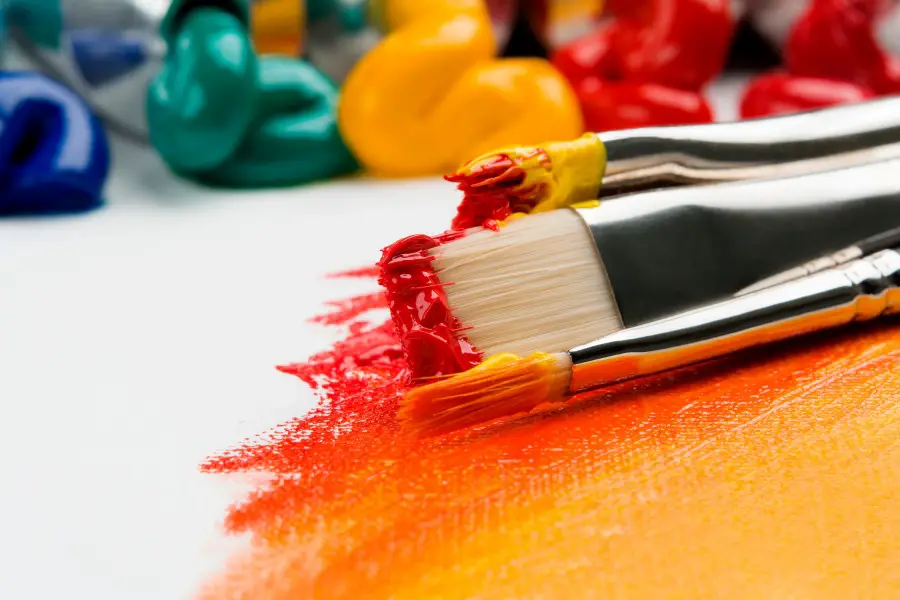
Art Teaches Kids How to Be Creative
Art helps kids with expression and does so better than other subjects in school. When kids can master painting from their memory, they are using their creative thinking skills. This is how they learn to let their creativity flow naturally in the present and in their future life.
Art Helps Kids Improve Academics
When a child learns how to be creative with art, this skill flows into their school work. Kids who work on art projects for at least a few hours a day, three times a week for a year, are said to be four times more likely to be successful in academics, win awards for science and math, and write excellent essays and poems. This is compared to children who don’t participate in the arts at all.
Art Develops Motor Skills
Parents that start their children young and teach them how to hold a marker or crayon is critical for the child’s development of their fine motor skills. By age three, kids should know how to draw a circle and know how to use a pair of scissors. Kids at age 4 should be able to draw a square and know how to use their scissors and cut straight lines.
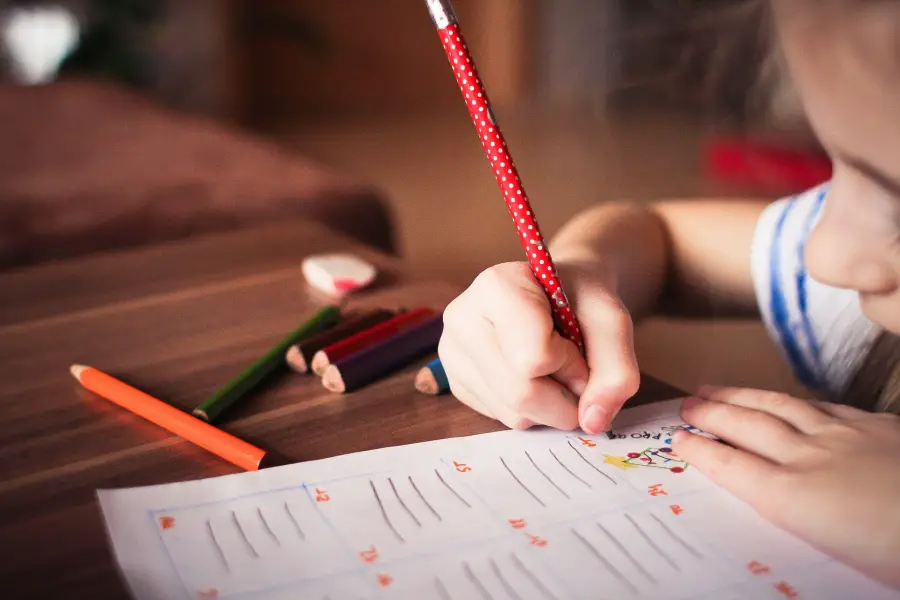
Art Helps Build a Child’s Confidence
Kids that participate in art projects find this subject unique and interesting. They enjoy creating art and as they grow and improve their creations, they learn to recognize their own progress and this will help them gain confidence in their ability to succeed.
Art Helps Kids with Visuals
Younger children that participate in the art will develop their visual-spatial skills faster than a child that doesn’t participate in art. Kids need to know there is more to life than just numbers and letters. Art helps kids learn how to figure out their projects, become critical and use the visual information they gain through art to make good choices in other areas of their lives.
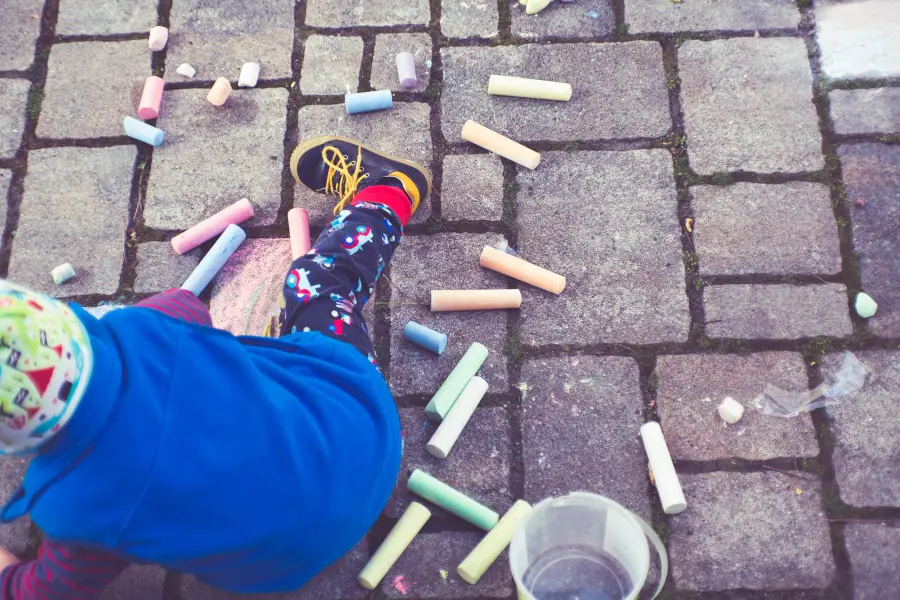
Art Helps Kids with Problem Solving
It’s a given that the arts help kids learn how to problem solve and start to use more critical thinking. They begin to ask themselves questions when they are creating something. Kids want to create something based on answering their questions so they can project what they are feeling through art.
This is important for kids because art teaches them how to make good choices and decision-making skills that help them later on in their lives. These skills carry over into their later lives in college and as adults.
Art Helps Kids Persevere
Art is very challenging and every child knows that. Art teaches kids not to be quitters regardless of if they are practicing an instrument or designing a special piece of artwork. Eventually, kids learn that practice pays off and they learn this through perseverance. This will help them develop a certain mindset that will help them in their careers. This is important for deadlines when working on projects and new skills as they continue into adulthood.
Art Helps Kids with Focus
Once kids master perseverance by painting or other types of art, they automatically develop their focus. Focus is important for listening skills and for studying while attending classes. Focus is definitely important for helping them do a good job when they reach their future years.
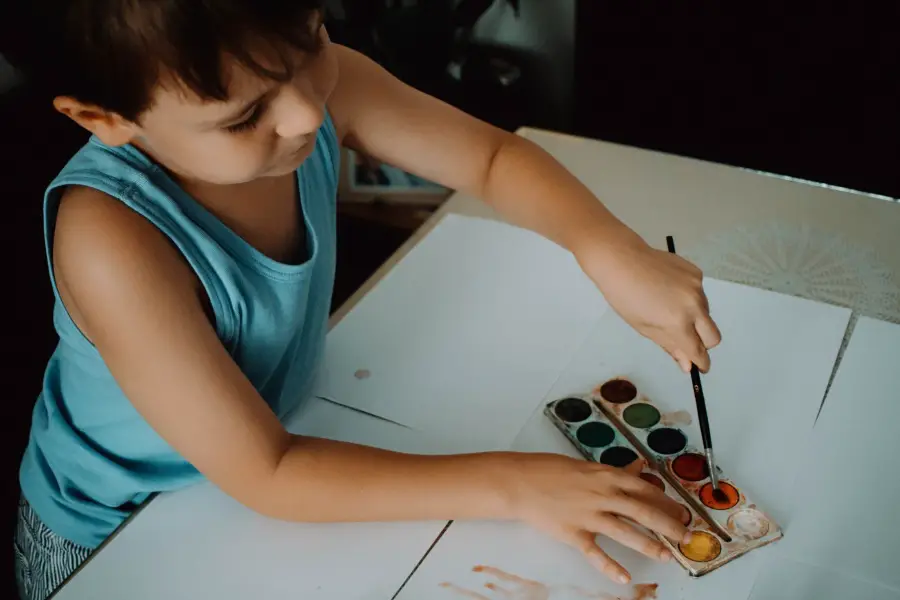
Art Teaches Kids about Collaboration
Kids that attend band, choir, and other areas where there are groups of kids learn that they have to work together to achieve an end result. They learn how to work together and share the responsibility to get to the end result. They also learn patience and how to compromise. Kids also realize that their input is valuable to their group in order to succeed in the project they are working on.
Art Teaches Kids How to Be Accountable
Once kids learn about collaboration, they learn how to be accountable for their input if they are working in a group. If they make a mistake, they learn to take responsibility for their own actions. Everyone makes mistakes in life and this is the greatest learning experience for kids. This is why it’s important that they know how to accept the fact that they goofed something up. Now they have to figure out how to fix their mistakes. This will help kids learn how to move on in life and accept responsibility for their actions.
If you are interested in getting your children involved in art, then look online for different programs. There are many programs that will offer your kids various art programs for the wonderful benefits of art!



